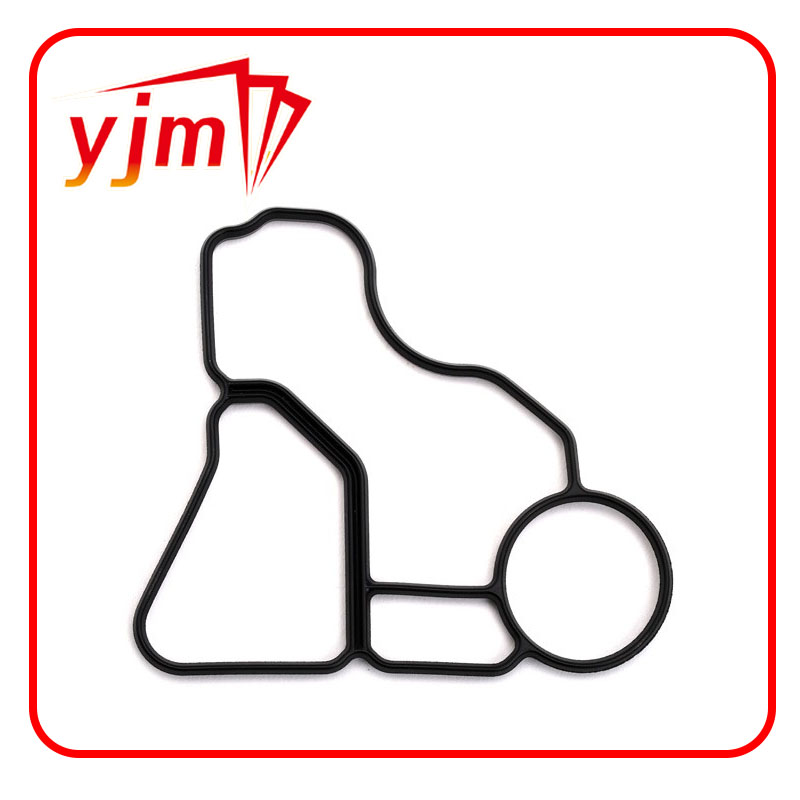Understanding the Importance of Inner Axle Seal in Vehicle Performance and Maintenance
Understanding Inner Axle Seals A Comprehensive Overview
The inner axle seal is a crucial component in a vehicle's axle assembly, playing a significant role in maintaining the integrity and functionality of the drivetrain. While often overlooked during routine maintenance, these seals are vital for preventing fluid leaks and protecting differential components from dirt and debris. In this article, we’ll explore the importance of inner axle seals, their construction, how they function, and the signs of wear that vehicle owners should be aware of.
What is an Inner Axle Seal?
The inner axle seal is a rubber or synthetic seal situated at the intersection of the axle and the differential housing. Its primary function is to keep lubricating oil within the axle assembly while preventing contaminants from entering. This sealing mechanism is essential for ensuring the longevity and efficiency of the axle assembly.
The Function of Inner Axle Seals
Inner axle seals perform several vital functions
1. Fluid Retention The seal prevents the differential fluid, which lubricates the gears and bearings within the axle assembly, from leaking out. If fluid levels drop, it can lead to increased friction, overheating, and ultimately catastrophic failure of the differential.
2. Contaminant Protection By sealing the axle, these components keep dirt, moisture, and other impurities out of the differential. Contaminated fluid can degrade the performance of the axle, leading to premature wear and tear.
3. Pressure Regulation The inner axle seal also plays a role in regulating pressure within the axle assembly. A properly functioning seal helps maintain the necessary pressure levels for optimal performance.
Construction of Inner Axle Seals
inner axle seal

Inner axle seals are typically made from durable rubber or synthetic materials designed to withstand high temperatures and resist wear from constant motion and friction. The design usually includes a flat inner profile that sits against the axle shaft and an outer lip that ensures a tight fit against the differential housing.
Signs of Wear and Failure
Like all automotive components, inner axle seals can wear out over time. Recognizing the symptoms of a failing seal is essential for vehicle maintenance and can save owners from costly repairs. Here are some signs that indicate the need for seal replacement
1. Fluid Leaks One of the first indicators of a bad inner axle seal is the presence of differential fluid leaking from the axle. A noticeable drop in fluid levels should prompt an inspection.
2. Noise from the Differential A failing seal can lead to decreased lubrication, causing unusual noises such as whining or grinding from the differential. This noise is a clear sign that the differential may be at risk due to inadequate lubrication.
3. Visual Damage Inspecting the seal itself can reveal cracks, tears, or other physical damage. Any visible wear suggests that the seal has compromised its ability to protect the axle.
Preventive Measures
Preventing inner axle seal failure involves routine maintenance and inspections. Regularly checking fluid levels and inspecting for leaks can help catch potential problems early. Additionally, replacing the seals during major repairs or service intervals can be a proactive measure to ensure long-term vehicle reliability.
Conclusion
The inner axle seal, though a small part of the greater axle assembly, plays a significant role in the performance and longevity of a vehicle. By understanding its function and recognizing the signs of wear, vehicle owners can take necessary steps to maintain their vehicles effectively. Regular inspections and timely replacements can prevent costly repairs down the line, ensuring a smooth and safe driving experience. Always consult with a qualified mechanic when in doubt, as professional advice can be invaluable in maintaining your vehicle’s health.
-
Understanding Polaris Front Differentials: Key Components for Off-Road Performance
News Jun.20,2025
-
Understanding Crankshaft Seals and Gaskets: Essential Components for Engine Longevity
News Jun.20,2025
-
Understanding Crankshaft Oil Seals: Vital Protection for Engine Performance
News Jun.20,2025
-
The Vital Role of Front and Rear Crankshaft Seals in Engine Protection
News Jun.20,2025
-
Rear Crankshaft Seals: Protecting Your Engine from the Back End
News Jun.20,2025
-
Crank Oil Seals: What They Do, How They Fail, and What They Cost
News Jun.20,2025
-
Understanding Oil Crush Washers: A Small Component with a Big Role in Vehicle Maintenance
News Jun.19,2025
Products categories















